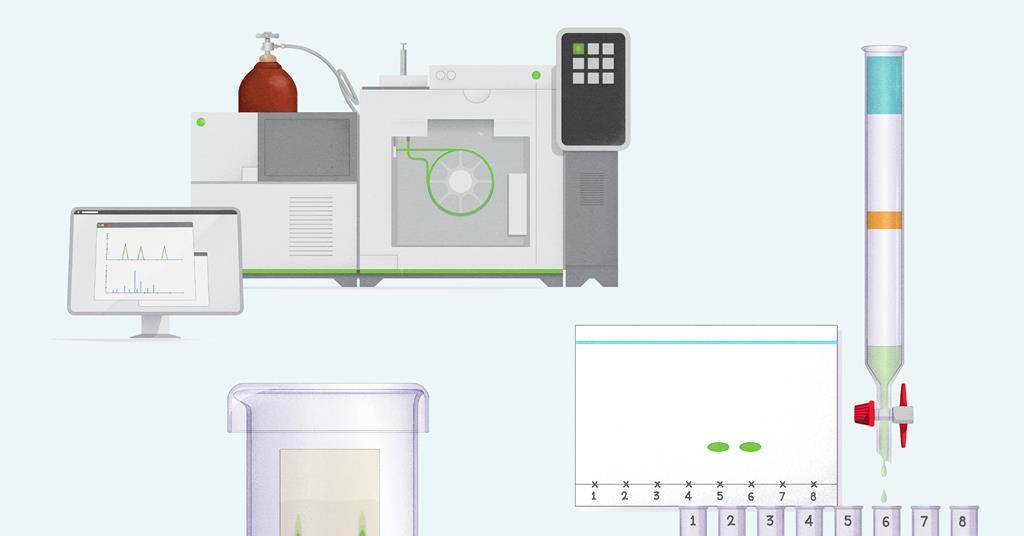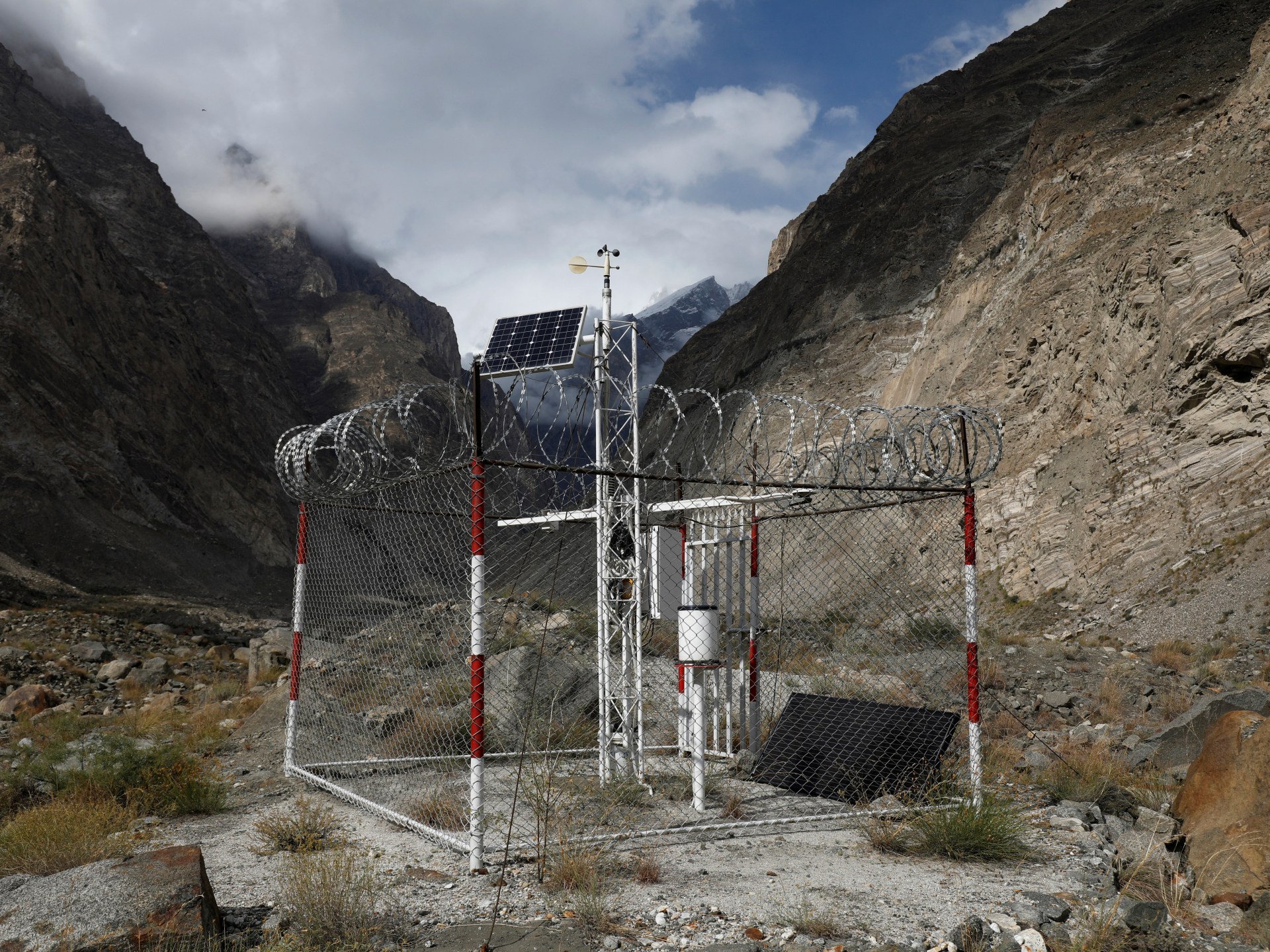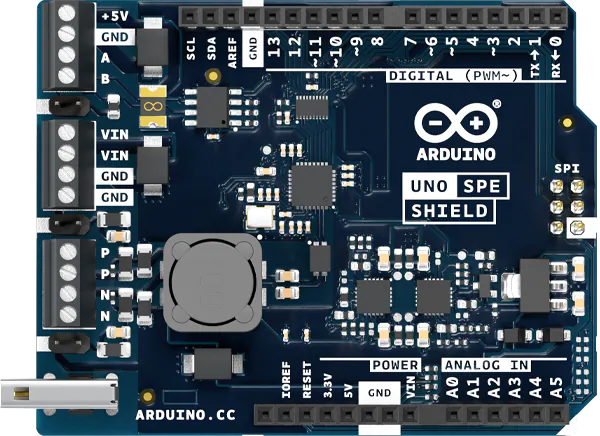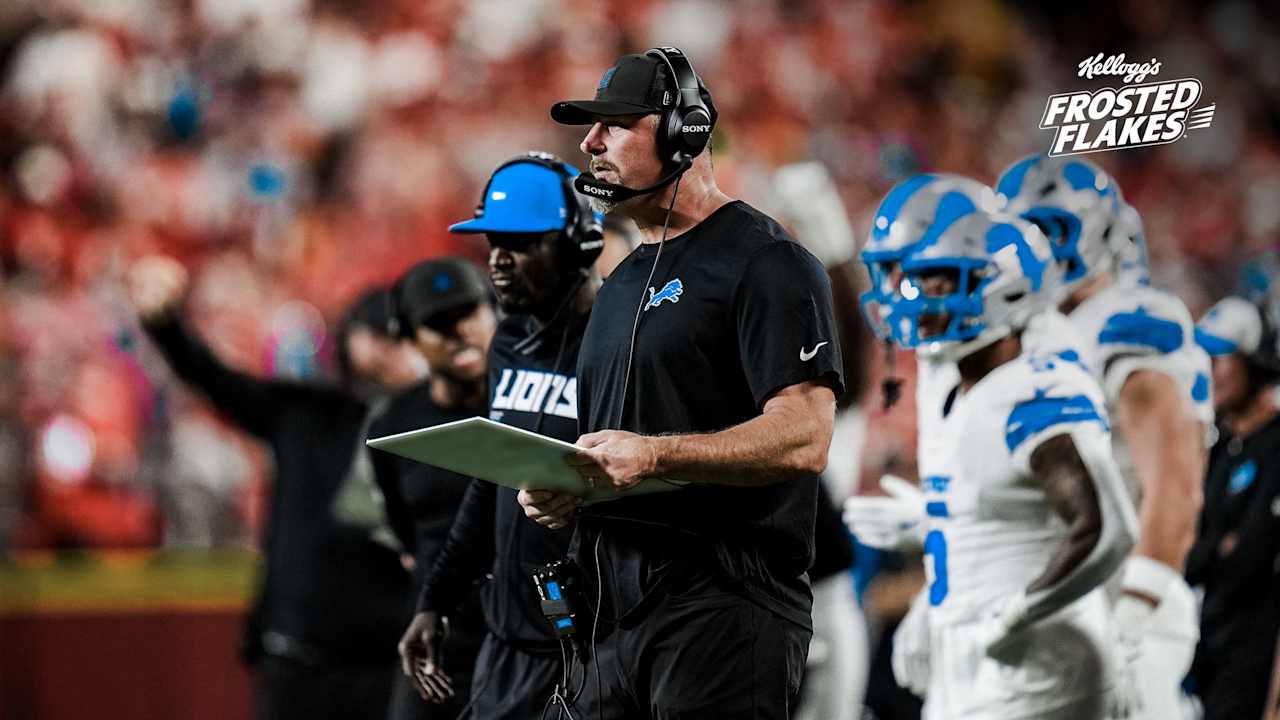Get the next print issue and posters
Opt in for EiC in print by 8 December to get the January 2026 magazine and two posters for your classroom. The January posters are on teaching distillation at 14–16 and evaporation, filtration and…

Opt in for EiC in print by 8 December to get the January 2026 magazine and two posters for your classroom. The January posters are on teaching distillation at 14–16 and evaporation, filtration and…

For heart health, one needs to be concerned with what we are eating as well as drinking. The arteries, that carry oxygen, promote blood circulation, can accumulate plaque over time, known as atherosclerosis. The accumulation of this…

By Kwanwoo Jun
LG Electronics guided for quarterly operating profit to fall 8.4%--a smaller decline than market consensus, thanks to its key affiliates' solid performance despite tough business conditions.
While challenges remain from higher U.S. tariffs and a delayed recovery in global demand, its home-appliance segment maintained its competitiveness and continued to be the market leader, while its vehicle-component segment achieved record profitability, the South Korean company said Monday.
The consumer-electronics giant said in a preliminary earnings report that its operating profit could come in at 688.90 billion won, equivalent to $481.9 million, for the July-September period, compared with 751.90 billion won a year earlier. The projection was above a FactSet-compiled consensus estimate of 618.79 billion won.
Revenue is expected to have fallen 1.4% to 21.875 trillion won, LG Electronics said, also beating analysts' estimate.
Shares of the company rose 2% after the better-than-expected guidance, trimming its year-to-date losses to below 4%.
The earnings projection came as LG Electronics recently raised $1.3 billion by selling a 15% stake in its Indian unit, LG Electronics India, in an initial public offering. The company said it expects the proceeds to provide significant funding to accelerate business structure improvements and future growth initiatives. The Indian unit will begin trading Tuesday.
LG Electronics said it would continue its push to grow new businesses, including its heating, ventilation and air-conditioning services as well as non-hardware platforms such as appliance subscriptions and online services.
Analysts at Daiwa Capital said in a recent note that LG Electronics is facing business uncertainties in the second half of the year, citing a larger-than-expected U.S. tariff impact and increasing competition in the television business. The Korean company on Monday said its media and entertainment segment, which includes its TV business, experienced higher marketing costs amid intensifying global competition.
The company is scheduled to release its full quarterly results later this month.
Separately, LG Energy Solution, an electric-vehicle battery maker affiliated with the parent LG Group conglomerate, earlier forecast a 34% increase in third-quarter operating profit, surpassing market expectations.
The battery unit's projection of 601.30 billion won, which includes an estimated 365.50 billion won U.S. tax credit, beat a FactSet-compiled consensus forecast of 518.29 billion won.
Write to Kwanwoo Jun at kwanwoo.jun@wsj.com
(END) Dow Jones Newswires
October 13, 2025 01:20 ET (05:20 GMT)
Copyright (c) 2025 Dow Jones & Company, Inc.

Skardu, Pakistan – When Wasiyat Khan was woken up by a loud explosion in the middle of the night, he thought “the mountains had burst” and a landslide was on its way.
Accompanied by his family, Wasiyat, a shepherd from Roshan valley of…

Scientists have discovered that mental health patients who have skin conditions may be more at risk of worse outcomes, including suicidality and depression. This work, which may aid in identifying at-risk patients and personalising…

Compatible with the Arduino UNO form factor, it also supports SPI, UART, and I2C for interoperability with various devices.
Mouser writes:
“By incorporating RS485 connectivity, the ASX00073 UNO SPE…

The Lions were riding pretty high heading into Sunday’s game with four straight wins and four straight contests in which their offense scored at least 34 points.
“Maybe we needed this,” Campbell said. “Maybe we needed to get kicked…

Researchers have discovered that the ability to have an erection or to orgasm is related to the levels of serotonin in the brain, but this relation only applies to depressed patients taking SSRI antidepressants. At the moment, there…

The FIA GT World Cup returns to the streets of Macau from 13–16 November, 2025, with a 16-car grid…

A historical retrospective on Japan’s partnership in Western Australian iron ore projects, contextualising future investment opportunities between partners in emerging markets, technologies and industries.
To the unaware, you would not think there is much connecting Tokyo to a remote corner of the Australian continent 6,900 kilometres away. However, the ochre sands and red-black outcrops of Western Australia’s Pilbara region and the neon lights and steel skyscrapers of Tokyo are directly linked. While the contrast could not be greater, the locations are intrinsically paired – through iron ore. Pilbara iron ore is blasted, mined, crushed and screened at sites such as Mount Whaleback or Rhodes Ridge, transported by cargo train to ports on Western Australia’s coast, including Headland or Dampier, and shipped across the Indian and Pacific oceans to steel mills in Japan where it is blast-furnaced into steel to construct skyscrapers dotted across the Tokyo skyline and the infrastructure that connects it.
Today, Western Australian iron ore product comprises in excess of 50% of Japanese annual iron imports.EN1 But that does not reflect the whole story. The simple sale of iron ore from Western Australia’s natural resource-rich shores to the industry-rich, resource-poor islands of Japan has a long history and deep partnership underpinning it. From importing some of Australia’s earliest seaborn commodities, to navigating a twenty-year total embargo on iron ore export, and eventually underwriting and unlocking Western Australia’s largest iron ore projects, Japan is a constant partner in our iron ore. Japanese investment was, and remains, critical to Western Australia’s iron ore industry, silently founding the export market that continues to fuel the domestic economy today.
Read full insight to learn more.